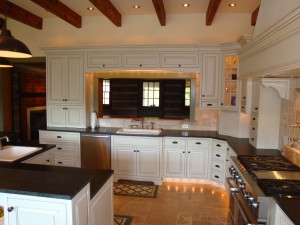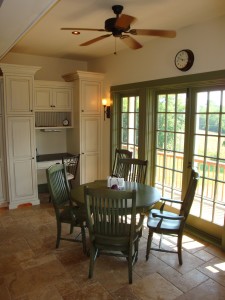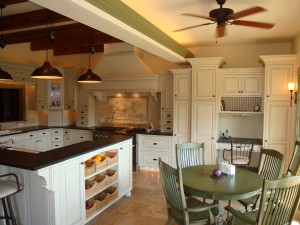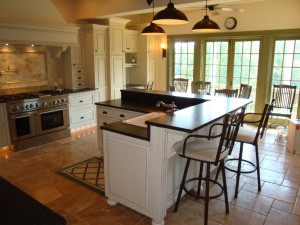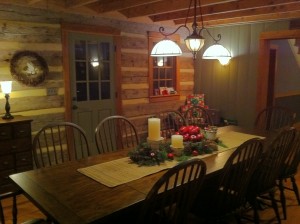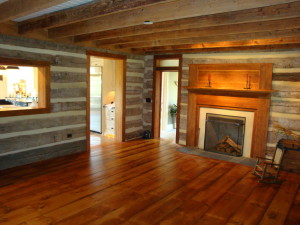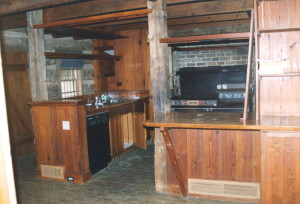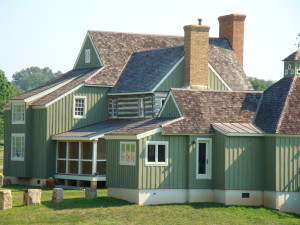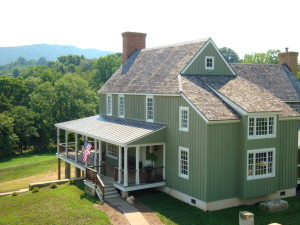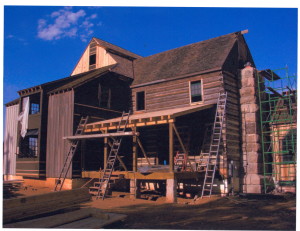Moriah… part 13
Here are two final images of the kitchen, both looking back into the log cabin dining room.
The difference in lighting is not nearly as dramatic between these two rooms as my photography would indicate… but the photos do show the symbiotic relationship these two rooms have with each other.
Each room serves it’s function perfectly. And, each room needs the other.
Visitors to the home are drawn back and forth from one room to the other… each room pulls at the spirit. The one balances the other.
Laughter is often heard in the kitchen. And then whispers are often spoken in the cabin. There is a hustled pace in the kitchen and then people slow down when they enter the dining room.
Balance has been achieved.
Originally posted 2015-04-04 15:28:05.


